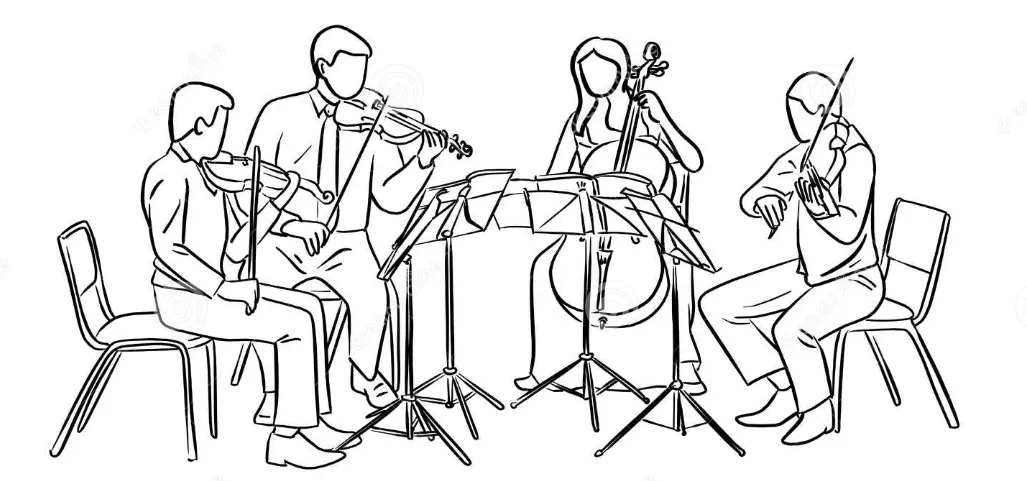Collaborative Self-Synchronization

Context
Section titled “Context”In decentralized teams where authority and decision-making are distributed, individuals have the freedom to act independently. Yet, this autonomy can lead to challenges in coordination, as no single person directs the collective rhythm or timing of work.
Problem
Section titled “Problem”Without a shared, real-time sense of what others are doing and where the team’s focus lies, decentralized teams suffer from:
-
Unintentional duplicated effort or overlooked dependencies.
-
Delays caused by waiting for information or unclear ownership.
-
Confusion about priorities and leadership at any given moment.
-
Reduced responsiveness to change.
-
Feelings of isolation and disengagement.
Autonomy alone does not guarantee that individual efforts will weave together into effective collective action.
Forces
Section titled “Forces”-
Team members must balance independence with interdependence.
-
Excessive coordination rituals reduce agility and increase overhead.
-
Communication channels can be noisy or sparse, obscuring relevant signals.
-
Trust requires transparency but must avoid micromanagement.
-
Work evolves dynamically, requiring continuous adjustment rather than fixed plans.
Solution
Section titled “Solution”Therefore: Enable a process of self-synchronization, where team members continually sense and adapt to each other’s activities and priorities, without waiting for centralized commands.
This can be supported by:
-
Transparent, accessible work-in-progress indicators (visual boards, status updates).
-
Regular, lightweight coordination signals that communicate intent, progress, and needs.
-
Shared rhythms or cadence—such as daily check-ins or asynchronous updates—to create natural alignment points.
-
Clear role definitions and accountabilities that guide autonomous action within boundaries.
-
A culture of proactive communication and feedback, encouraging people to surface changes and adjustments early.
Self-synchronization allows decentralized teams to keep pace with complexity and change by moving as a coherent, adaptive organism.
Resulting Context
Section titled “Resulting Context”-
The team moves fluidly without centralized control.
-
Individuals know when to act, pause, or shift focus based on shared signals.
-
Coordination overhead is minimized, preserving agility.
-
The team quickly adapts to changes, maintaining alignment with purpose.
-
Engagement and trust increase as members feel connected and effective.